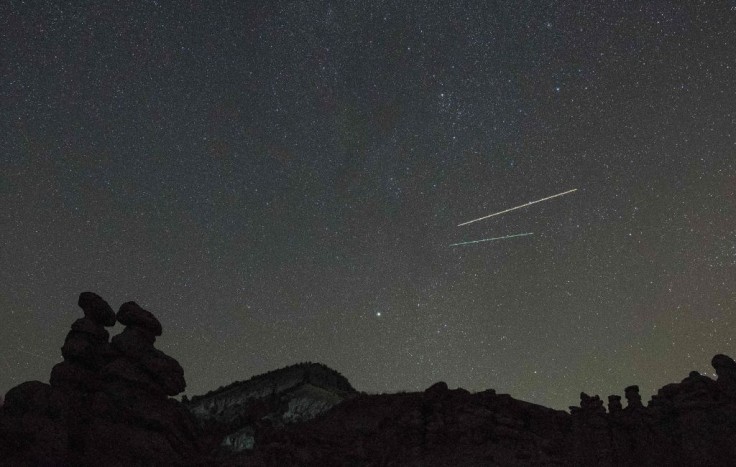The Perseid meteor shower's best has yet to come.
Astronomy enthusiasts and people looking to see a meteor shower in real life still have a few days to prepare for the Perseid meteor shower's peak in mid-August.
The Perseid meteor shower is an annual event that happens every mid-July to late August, per Space.com.
What Is The Perseid Meteor Shower?

The Perseid meteor shower is one of (if not) the most well-known meteor showers humanity can witness in the night sky, and for a good reason. According to NASA, this celestial light show occurs during the warm summer months, which allows people to comfortably watch them without worrying about the weather.
The Perseid meteor shower got its name from its origin point - the constellation Perseus. As with other meteor showers, astronomers named the meteor shower as such to help people determine where to look and which shower they are viewing on a given night.
The meteors that make up the Perseid meteor shower come from the comet 109P/Swift-Tuttle, which takes 133 years to orbit the Sun once. Interestingly, the comet last visited the solar system in 1992, though it was too faint to be seen with the naked eye at the time.
Read More : 5 Gadgets You Need to Start Your Fitness Journey
Since the meteor shower is an annual event, people can view the celestial event at its peak every Aug. 12 or 13 - the latter date being the peak for this year's Perseid meteor shower. People in Japan who celebrate the Tanabata Festival the traditional way can look forward to seeing the Perseid meteor shower's peak alongside the festivities associated with Tanabata.
During the meteor shower's peak, people can see up to 100 meteors per hour on average, while those watching the celestial event before and after that can see less than that. Depending on the weather conditions and the moon's phase during that day, people can see the Perseid meteor shower more or less brightly than usual.
Thankfully, EarthSky reports that the Moon will be in its waning crescent moon phase by this time. Its brightness won't outshine the meteor shower unlike in 2022's.
How To Watch The Perseid Meteor Shower's Peak
People who wish to watch the Perseid meteor shower at its peak go to the darkest possible location and simply look at the Perseid constellation. To find it, look at the Cassiopeia constellation (the star formation forming a bright "W' in the Northern Hemisphere) and simply look downward from the left part of Cassipeia's zig-zag.
Thanks to astronomers' naming system for meteor showers, you can now comfortably wait for the show to happen once you locate the Perseus constellation.
The best time to watch the meteor shower is in the pre-dawn hours (2-4 AM). As such, wearing and bringing warm clothing, a hot drink, and a deck chair you can lounge in comfortably is a must. Camping is also a good way to make your viewing of the Perseid meteor shower more luxurious.









